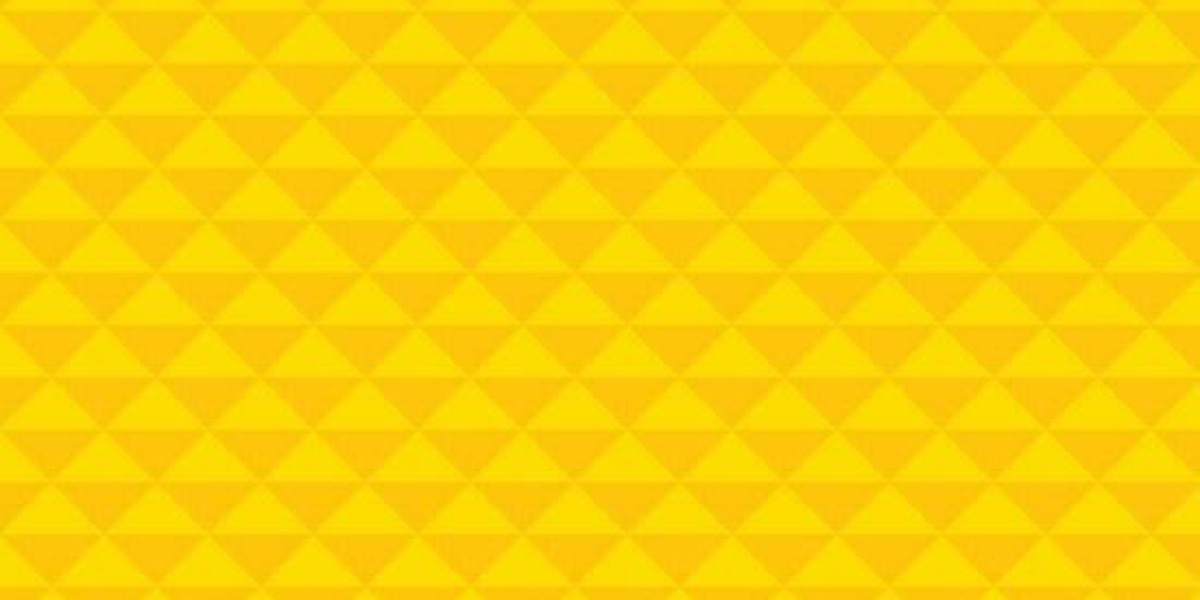In today’s hyperconnected digital world, where the internet is a vast ocean of information, finding and organizing relevant, reliable, and resourceful links has become a vital skill. Whether you're a researcher, professional, educator, or hobbyist, having a well-curated collection of links can save time, 주소모아 최신주소 improve productivity, and provide quick access to trusted resources. This article dives deep into the why, how, and what of link collection while equipping you with practical strategies to curate an efficient and meaningful link library.
What is a Collection of Links?
A collection of links refers to a structured repository or list of hyperlinks that point to specific websites, articles, tools, videos, or any online resources you find valuable. These collections can be as simple as a bookmarked folder in your browser or as sophisticated as a cloud-based, categorized library synced across devices.
Why Should You Build a Link Collection?
A curated link collection offers a wide range of benefits:
- Time-Saving: Saves you from repeatedly searching for frequently visited websites or critical resources.
- Productivity Boost: Provides quick access to tools and references needed for projects or workflows.
- Knowledge Organization: Helps compile and categorize resources, reducing clutter and chaos.
- Collaboration: Sharing link collections promotes teamwork in group projects or professional collaborations.
- Versatility: Useful for professionals across industries, students, researchers, marketers, and casual internet users.
For example, a digital marketer may use link collections for online marketing tools, analytics platforms, and advertising platforms, while a student may utilize one for research papers, learning resources, and citation websites.
Getting Started: How to Build a High-Quality Collection of Links
Creating a dependable link collection isn’t merely about dumping URLs into a single location. It’s about thoughtful curation, categorization, and maintenance. The following steps will guide you through the process:
1. Choose a Suitable Platform
- Use tools that align with your workflow and provide portability across devices.
- Popular choices include:
- Browser bookmarks (Chrome, Firefox, etc.)
- Note-taking apps (Evernote, Notion, OneNote)
- Dedicated bookmarking services (Pocket, Raindrop.io, Diigo)
- Spreadsheets (Google Sheets, Excel)
2. Define Your Purpose and Categories
- Ask yourself: Why am I building this collection? What is its end goal?
- Create categories to organize your links. Examples include:
- Professional Use: Tools, analytics, project management software, or industry blogs.
- Learning & Development: Online courses, books, podcasts, or tutorials.
- Entertainment: Videos, music streaming, or gaming websites.
- Personal Finance: Investment tools, banking websites, and budgeting templates.
3. Start Collecting Links
Begin by gathering links from:
- Your browsing history (examine frequently visited websites).
- Emails, chats, or recommendations from colleagues.
- Search engines, forums, and trusted blogs.
- Online repositories like GitHub (for developers) or Pinterest (for designers).
4. Organize Your Links with Tags and Folders
- Use folders/subfolders based on categories like "Productivity," "Research," or "Recipes."
- Add meta-tags or descriptions for better searchability. For instance, a link to a "Google Analytics Tutorial" could be tagged as "Analytics, Beginner, Data Insights."
5. Use Tools for Collaborative Collections
- Tools like Google Docs, Trello, or Slack let you share link repositories with teams.
- Collaborative link collections allow for collective input and refinement.
6. Maintain and Update Regularly
- Conduct periodic audits to remove dead links or outdated content.
- Keep adding high-value links and remove irrelevant ones.
- Consider adding ratings or comments to review link quality.
Example: A Sample Link Collection Framework
| Category | Example Links | Notes/Tags |
|---|---|---|
| Online Learning | Coursera, edX | Tags: Courses, Certifications |
| Time Management Tools | Trello, Asana | Tags: Workflow, Teams |
| News & Trends | BBC, TechCrunch | Tags: Global, Updates |
| Reference Tools | Wolfram Alpha, Wikipedia | Tags: Quick Facts, Data |
| Entertainment | Spotify, Netflix | Tags: Music, Streaming |
Best Practices for Successful Link Curation
- Prioritize Quality Over Quantity: Don’t hoard links. Focus on adding trustworthy, relevant resources.
- Use Synced Solutions: Opt for cloud-based tools so you can access your links from anywhere.
- Secure Your Collection: Use privacy settings or password-protection tools to keep confidential links secure.
- Incorporate Searchability: Use descriptive titles and include keywords in notes or tags for easy retrieval.
- Explore Automation: Browser extensions and scripts can automatically tag, sort, or archive links.
FAQs on Building Link Collections
1. What is the best tool for collecting and organizing links?
The best tool depends on your needs. For basic use, browser bookmarks or Google Sheets work well. For advanced functionality, tools like Notion, Raindrop.io, or Pocket provide powerful features such as tagging, cloud sync, and detailed categorization.

2. How can I find reliable links to add to my collection?
You can find reliable links by:
- Referring to authoritative websites in your area of interest.
- Using trusted industry directories, databases, and forums.
- Reading expert blogs or watching reviews for validation.
3. How often should I update my link collection?
It’s best to update your link collection quarterly or as needed. Regular maintenance ensures that your links remain relevant and functional.
4. Can I share my link collection with others?
Yes, you can easily share your collection by exporting it into a sharable format (e.g., Google Sheets, PDFs) or using collaborative tools. Just ensure you respect intellectual property rights when sharing specialized resources.
The Future of Link Collection: Beyond Bookmarking
With advancements in artificial intelligence and machine learning, the way we manage link collections is bound to evolve. Tools may automatically suggest new links based on preferences, organize bookmarks with AI-powered tagging, or notify users of broken or outdated resources. Enhanced collaboration features, voice-assisted link management, and integrations with productivity tools could make link collections even more seamless and user-friendly.
A well-organized collection of links is more than just a list of URLs — it’s a personalized, purposeful library of resources to enhance your digital life. Whether for work, study, or leisure, taking the time to build, maintain, and organize your link collection will pay off in the form of increased efficiency and better digital experiences. Equipped with this guide, you’re now ready to build your own resource-rich collection of links.
Do you have a favorite tip for building link collections? Share your thoughts and let’s exchange resources!








